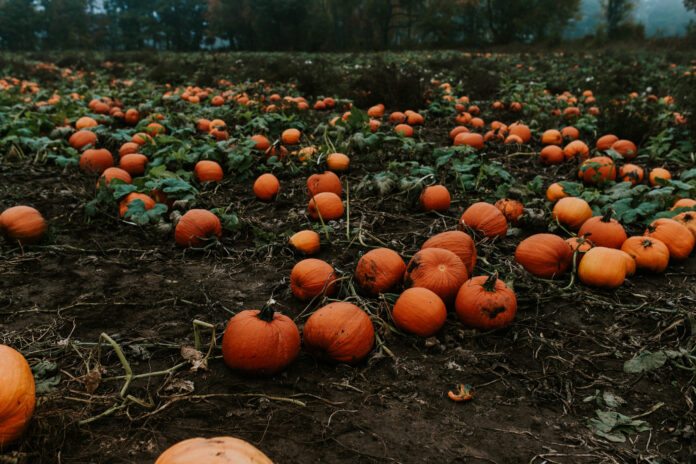Most people associate pumpkins with decorations used during the fall season or carved jack-o-lanterns for Halloween. However, pumpkins are also considered a “super food,” meaning they can be a significant asset in survival situations.
To give you a better idea, here are 5 unexpected ways you can use pumpkin in survival!
5 Unexpected Ways to Use Pumpkin in Survival
1. Food
Pumpkin is a type of orange winter squash native to North America. Though many people consider it a vegetable, scientifically, pumpkin is classified as a fruit due to its edible seeds. However, pumpkins are more similar to vegetables than fruits when it comes to their nutrition. More specifically, pumpkins are associated with low-calorie weight loss and even lower risks of cancer.
That said, pumpkins do have what most consider a delicious taste, along with great versatility in cooking and baking. This, combined with dense and rich nutrients, makes pumpkin an excellent food to incorporate in survival recipes.
2. Hydration
Dehydration poses one of the biggest risks when it comes to survival. Dehydration happens when the body uses or loses more fluid than it takes in, leaving it without enough water and other fluids to carry out normal functions. Moderate dehydration can quickly turn into severe dehydration, which might result in serious health risks or even death.
Fortunately, pumpkin has a very high water content. When canned, they are nearly 90% water. For this reason, having pumpkin available in a survival situation can enhance fluid consumption and greatly reduce the risk of dehydration.
3. Medicinal
Due to their “superfood” status and qualities, pumpkins provide medicinal benefits. Incorporating this orange squash in a diet with its high fiber and potassium content is shown to aid in heart health as well as stabilizing diabetes. As mentioned earlier, the antioxidants found in pumpkins can reduce the risk of cancer and other chronic diseases.
These medicinal benefits are significant when it comes to survival on a long-term basis, particularly in circumstances where sustained, adequate medical care isn’t guaranteed.
4. Immunity
Pumpkins ensures survival by enhancing a person’s immunity. This is because they are rich in nutrients that naturally boost the immune system. For example, they contains high levels of beta-carotene, which the body turns into Vitamin A. Scientific studies revealed Vitamin A is capable of strengthening the body’s immune system and ability to fight infection. This is important when it comes to survival, as Vitamin A deficiencies can result in weaker immune systems, causing individuals to become more susceptible to disease and less likely to recover from infection.
Pumpkin also contains high levels of Vitamin C – which is medically proven to increase white blood cell production, thereby improving the effort and effectiveness of immune cells and allowing wounds to heal faster. In addition to Vitamins A and C, pumpkin is also an excellent source of Vitamin E, iron, and folate, all of which are shown to enhance the body’s immune system.
5. Wildlife Feed
Finally, pumpkins are also an excellent source of feed for various forms of wildlife. For example, pumpkin seeds can be dried and broken up as bird feed.
Attracting birds is beneficial for pest control and seed dispersal, adding to the health and survival of ecosystems. Other animals, such as deer and goats, are known to eat pumpkins. This means pumpkins are an excellent form of wildlife feed for providing opportunities to hunt as a means of survival.
Additionally, the flesh is rich with water and breaks down quickly in soil. For this reason, it can also be cut into small pieces and buried in a garden for the worms and insects to eat. In turn, this creates more fertile soil – a solution for planting food in survival situations.
Conclusion
Hopefully by now, these orange minions are far more than Autumn and/or Halloween decorations. In fact, pumpkins are one of the best foods to incorporate into survival. Plus, who can complain about an excuse to eat pumpkin pie when the world is ending?
If you’re looking for useful survival gear that you can’t make at home, check out the Survival Life Store!
Follow us on Facebook, Instagram, Twitter, and Pinterest!
Editor’s Note: This post was originally published on October 28, 2019, and has been updated for quality and relevancy.


